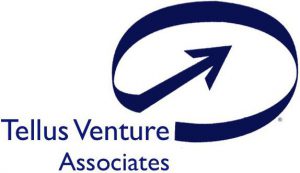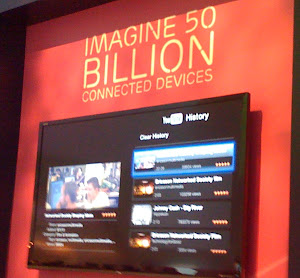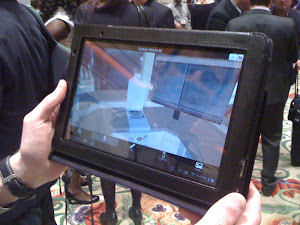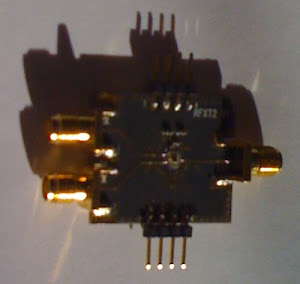Consumer electronics products have a natural limit to growth. With only 7 billion or so people on the planet, even if some people buy more than one of any gizmo you can’t get past, say, 10 billion deployed units within the life cycle of any given product category.
Of course, that’s a theoretical limit, as a practical matter even one billion is wildly out of reach for the vast majority of products. The mobile phone has hit the 6 billion range, because it’s a personal item rather than a family purchase, such as, for example, a television.… More








